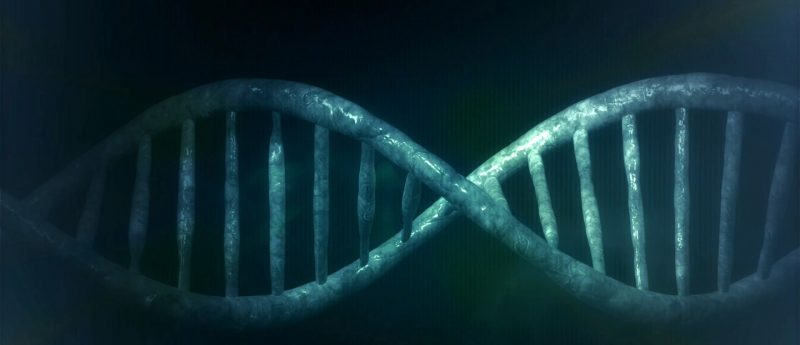Duchenne muscular dystrophy corrected using new gene editing technique

Researchers have successfully corrected Duchenne muscular dystrophy in the lab using patient-derived iPSCs in animal models.
Researchers at University of Texas (UT) Southwestern Medical Centre (TX, USA) have used a new variation of the CRISPR gene-editing technique to correct Duchenne muscular dystrophy (DMD). The researchers had previously used the CRISPR-Cas9 system.
The new study reports that a new gene editing enzyme, CRISPR-Cpf1, can correct DMD mutations in human induced pluripotent stem cell and mice models. These findings provide an insight into utilizing gene editing as a therapeutic intervention for patients with DMD. DMD manifests from a mutation in the dystrophin gene, responsible for the integrity of muscle cell membranes, which results in fatal degeneration of striated muscles.
In this latest study, published in Science Advances, the research utilized Cpf1, a new class II CRISPR effector, which was able to skip an out-of-frame DMD exon and correct nonsense mutations to restore DMD function. Delivery to muscle cells is much easier using the smaller more flexible Cpf1 enzyme.
Eric Olson, Co-Director, UT Southwestern Wellstone Muscular Dystrophy Cooperative Research Center, explained “There will be some genes that may be difficult to edit with Cas9 but may be easier to modify with Cpf1, or vice versa.”
Co-author Rhona Bassel-Duby, Associate Director, Hamon Center for Regenerative Science and Medicine, added “By either skipping a mutation region or precisely repairing a mutation in the gene, CRISPR-Cpf1-mediated genome editing not only corrects DMD mutations but also improves muscle contractility and strength.”
These findings are the first to describe the efficiency of CRISPR-Cpf1 editing to correct DMD mutations in human cell and animal disease models. This evidence could provide significant progress towards therapeutic treatment of DMD using the gene editing technique.
Olson concluded that “CRISPR-Cpf1 gene-editing can be applied to a vast number of mutations in the dystrophin gene. Our goal is to permanently correct the underlying genetic causes of this terrible disease and this research brings us closer to realizing that end.”
Sources : Zhang Y, Long C, Li H, et al. CRISPR-Cpf1 correction of muscular dystrophy mutations in human cardiomyocytes and mice. Sci. Adv. 3: e1602814 (2017); http://www.utsouthwestern.edu/newsroom/news-releases/year-2017/apr/gene-editing-alternative.html